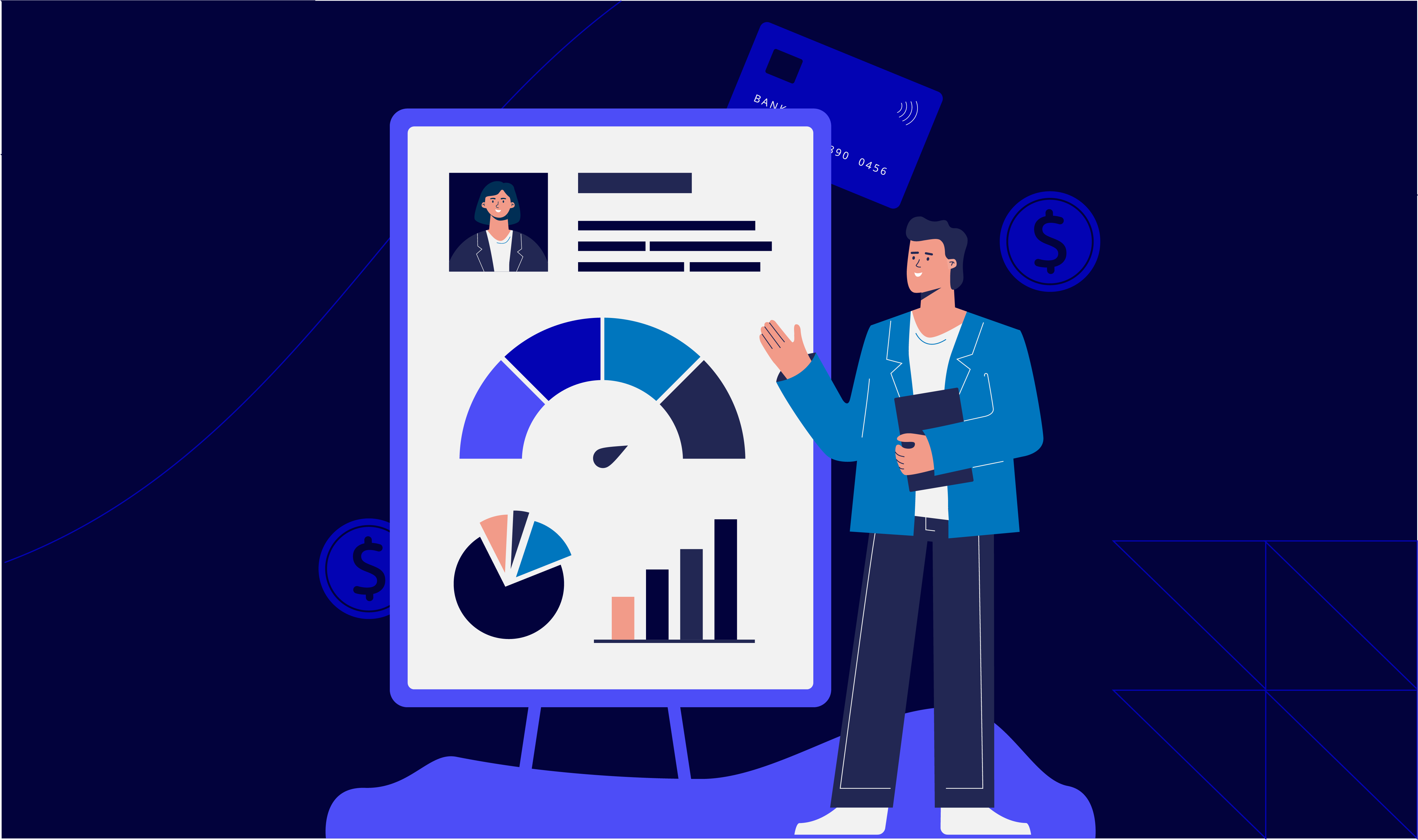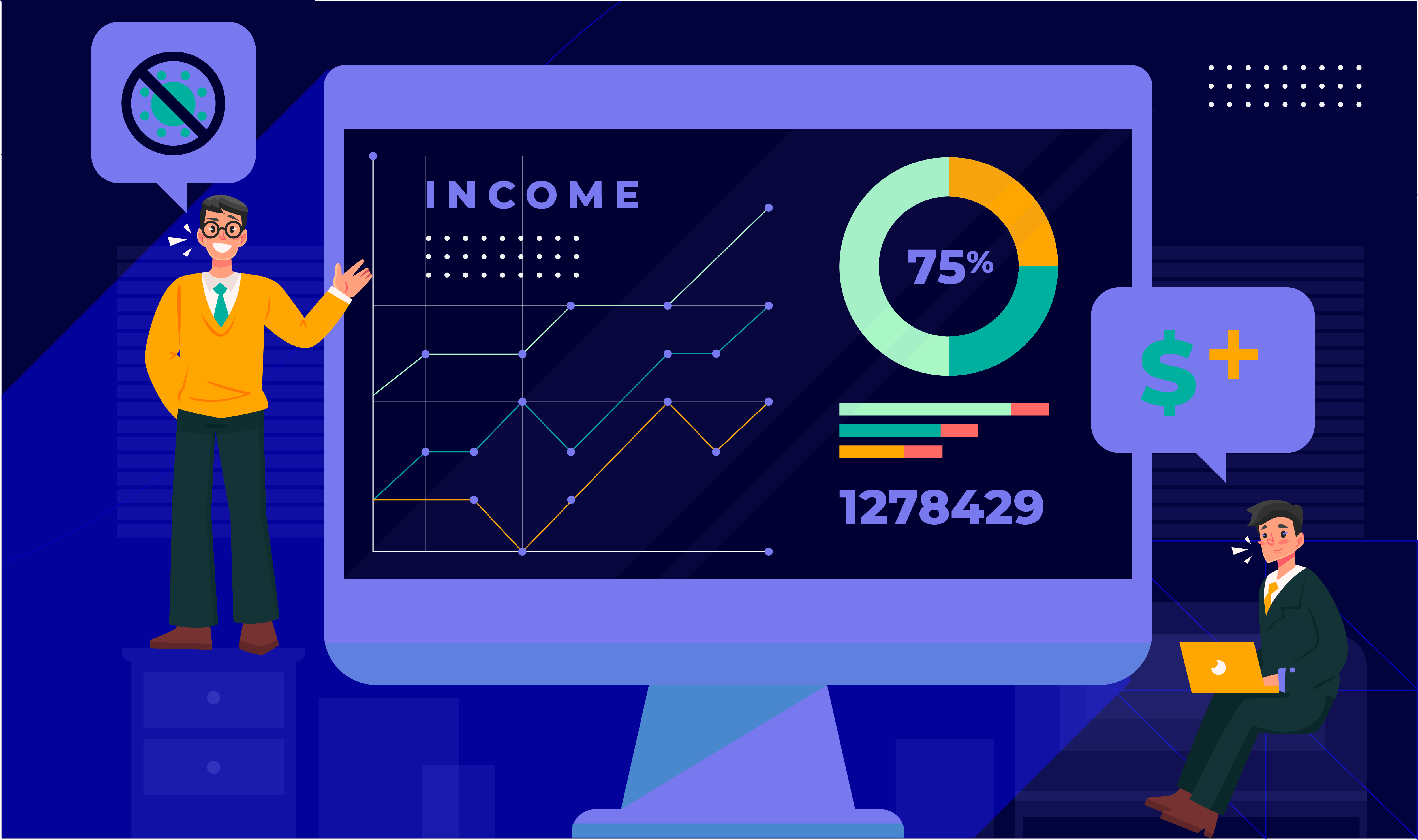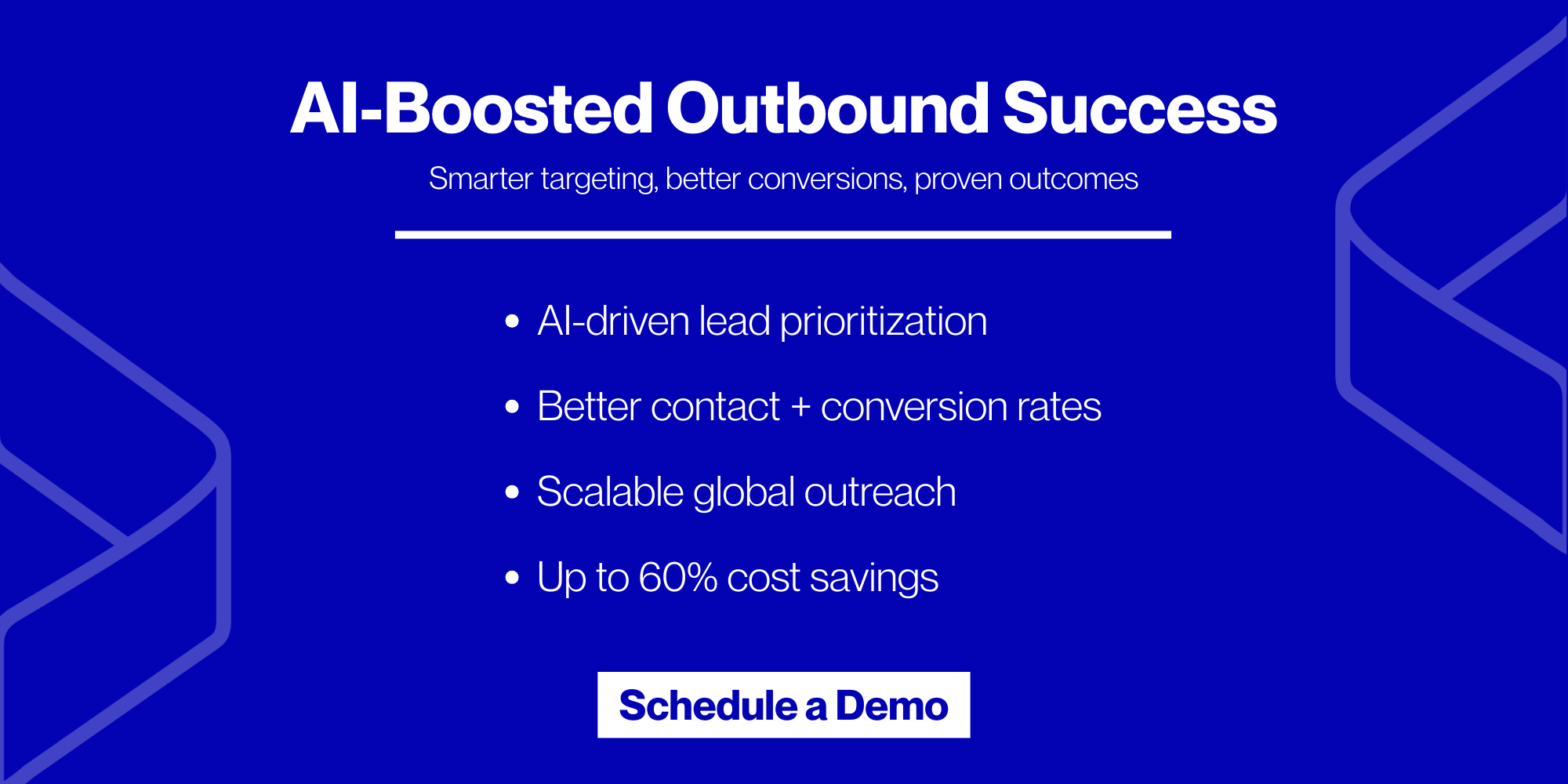The churn rate is the percentage of customers who stop using your company’s product or service. It is calculated for a specific period (say quarterly or annually) and represents customer retention and loyalty. A high churn rate often signals issues in customer satisfaction, product value, or support experience.
For consumer brands and D2C companies in the U.S., U.K. & Australia, especially those with customer support and customer experience teams, churn is a warning sign. Whether you are a VP, Director or Senior Manager at a company with 5+ employees and $5M+ in revenue, your ability to track churn directly impacts profitability, retention and long term customer loyalty.
Most things are ephemeral. The same applies to your business customers. Some may stop buying your product or using your service for various reasons. Recently, a study found that 49% of customers leave due to poor experiences.
When customers leave, it is called customer churn. The churn rate is a number that shows how many customers leave your business during a certain period. For you as a business owner, customer churn rate matters because:
- It tells you if you are keeping your customers or losing them.
- It helps you plan your finances.
- It shows whether you need to strengthen customer service, product experience or loyalty programs
In fact, monitoring churn finance metrics helps you better understand revenue fluctuations and the stability of your cash flow.
For consumer brands and D2C companies, especially those in the U.S., U.K., and Australia, tracking churn is critical to maintaining growth, customer loyalty, and profitability.
If your churn rate is high, you risk losing revenue streams and customer trust. The good news: there are proven ways to measure, analyze and reduce churn. This article explains the customer churn formula, shows how to calculate churn rate and shares strategies you can apply in 2025.
What is the Customer Churn Rate?

The customer churn rate (also known as attrition rate) shows how many customers your business loses during a certain time. The churn rate answers this question – “Out of the customers I had at the start of the period, how many did I lose by the end?”
This concept is highly important if you run a subscription-based business in 2025. That’s because your customers pay regularly (monthly, quarterly, or yearly) to use the service. If too many people cancel their subscriptions, you can start losing money (even if new people are signing up).
For CX leaders, it acts as a warning system for customer dissatisfaction and operational inefficiencies.
Thus, ideally, a low churn is a good sign for a SaaS business. It shows that your customers are happy and want to stay.
For VPs, Senior Managers and Directors in customer support and customer experience, this metric serves as a key indicator of operational health and retention strategy success.
Churn Rate vs. Growth Rate

Most business owners use both these rates interchangeably. While both these numbers show whether your business is growing or shrinking, they cover different areas. Let’s understand in detail:
| Aspects | Churn Rate | Growth Rate |
| Meaning | How many customers did you lose? | How many new customers have you gained? |
| Example | In March 2025, you gained 50 new customers but lost 100. Thus, your customer base shrinks. | In March 2025, you gained 100 new customers but lost 50. Thus, your customer base grows. |
| Relationship | If your churn rate is higher than your growth rate, your business is shrinking. | If your growth rate is higher than your churn rate, your business is growing. |
For companies in Atidiv’s ICP profile (5+ employees, $5M+ revenue), balancing churn and growth rates is essential for accurate planning and forecasting.
How to Calculate Churn Rate?

The basic churn rate formula is:
Churn Rate = (Customers Lost During Period ÷ Customers at Start of Period) × 100
Let’s understand better through an example:
- Say you run a SaaS-based subscription company.
- At the beginning of March 2025, you had 100 subscribers.
- By the end of the month, 10 members will cancel their subscriptions.
- This means 10% (10100 x 100) of your customers left in March 2025.
- Now, this 10% is your churn rate for the month.
By calculating the customer churn formula rate, you can easily track how many people stop buying from you or stop using your service. One major benefit of this tracking is that it lets you analyse how it affects your income.
Let’s learn how by continuing with the above example:
- Let’s say you earned a monthly revenue of Rs. 12,00,000 in March 2025.
- Your customer churn rate is 10% (as calculated above).
- Now, this means you may lose around 10% of your revenue in April 2025 if no new customers join.
- In rupee value, the projected revenue loss is Rs. 1,20,000 (Rs. 12,00,000 x 10%)
- So, in April 2025, you will earn a revenue of Rs. 10,80,000 (Rs. 12,00,000 − Rs. 1,20,000).
Tracking churn rate alongside revenue lets you understand risk, plan budgets and adjust retention strategies in real time.
How to Reduce Customer Churn?

Recent studies show that existing customers are 60-70% more likely to make a purchase, compared to only 5-20% for new customers. This means that people who have already bought from you before are much more likely to buy from you again.
Furthermore, if you try to sell to a new customer, there is only a small chance (5–20%) they will buy. But if you offer something to an existing customer, there is a higher chance (60–70%) of conversion. Thus, it is always easier and more profitable to sell to current customers than to new ones.
And, this is possible only when you reduce customer churn! Below are six proven ways that can help you with this:
1. Improve How You Welcome New Customers
When a new customer signs up or buys your product, the way you introduce them to your service matters (called onboarding). That’s because if customers understand how to use your product from the start, they are more likely to stay. For CX leaders, onboarding is your first chance to prove value and prevent early churn
To improve your new customer’s onboarding experience, you should offer:
- Easy-to-follow guides
- Product walkthroughs
- Self-explaining videos
2. Ask Customers How They Feel and What They Think
Keep asking your customers about their experience with your product or service. Analyze results to identify recurring issues impacting loyalty By collecting regular feedback, you can understand if they are happy or facing problems. The best way to collect this information is by sending short customer satisfaction surveys after they:
- Contact support
- Use a new feature
In the survey, you can ask these simple questions:
| Questions | Response Options |
| How satisfied are you with the support you received? |
|
| Was your issue or question resolved clearly and on time? |
|
| How easy was it to use this new feature? |
|
| Do you have any suggestions to improve your experience? | Make this an open-ended question. Let customers write their feedback. |
Now, when you look at the answers, you will notice problems causing a high churn rate. Try to resolve these issues as soon as possible. When customers feel heard and see changes, they are more likely to stay which reduces the churn rate.
3. Help Customers Before They Ask
Don’t wait for customers to complain or ask for help! Try to spot problems before they become serious. This is called proactive support. Ideally, you should:
- Send messages to customers who haven’t used your service in a while.
- Check if customers are using your product correctly and offer help when needed.
To do this, you can start using tools like live chat or chatbots. They make it easy for customers to get help right away. When customers feel supported, they are less likely to cancel subscriptions or stop buying.
Did you know? According to PwC, 80% of customers switch after multiple poor experiences. Usually, most people don’t stay loyal if they face repeated problems. Instead, they will switch to your competitor.
4. Make Interactions Personal for Each Customer
Please realise that most customers don’t want to feel like just another number. To make them feel valued you can use the technique of personalisation. Using it, you can:
- Adjust your messages
- Make offers based on what each customer likes or does
For example, you can suggest products based on what a customer has bought before. You can also send emails to different groups based on how they use your service.
By using customer data, you can create a more personal experience and reduce customer churn.
5. Remind Customers Why Your Product Matters
Customers may forget the benefits of your product (particularly if they haven’t used it for a while). Thus, it is important to constantly remind them how your product or service helps. This can be done by:
- Sending updates about new features or improvements
- Sharing stories from other customers that show how the product helped them
- Organising training sessions, recording videos, or sending emails where you offer useful tips
These reminders let your customers again understand how your product makes their lives easier or better. This technique significantly reduces customer churn.
6. Give Customers Reasons to Stay Longer
A good way to reduce customer churn is by giving your customers rewards for staying with your business. For example,
- You can offer a discount if someone signs up for a full year instead of paying monthly.
- You could also give special benefits to long-time customers, like access to premium content or extra features.
- Some businesses even use loyalty programs where customers earn points or gifts over time.
These offers make customers feel appreciated and give them a reason to continue their relationship with your business.
Boost CX with Atidiv! We have a 98% QA score and a 4.8 CSAT Rating!

Customer churn is a serious challenge for any business. Particularly, if you follow a subscription-based business model, you must find ways to reduce customer churn. That’s because a high churn rate indicates:
- Lost revenue
- Weak customer loyalty
Ideally, to strengthen your churn finance strategy, you should focus on welcoming new customers properly, listening to their feedback, and personalising interactions. Also, regularly show them your product’s value, and offer rewards for long-term commitment.
Want expert help? Atidiv specializes in helping consumer brands and D2C companies improve customer support and retention. Recently, we saved $1.3M for a U.S. tire retailer and $500K annually for a U.K. firm by managing over 230,000 support tickets with a 98% QA score and a 4.8 CSAT rating.
Our CX teams partner with VPs, Directors and Senior Managers to transform churn risk into retention opportunities.
So, stop stressing over CX and churn rate! Pass it to Atidiv today and focus more on your core operations!
FAQs on Churn Rate
1. Why are my customers leaving even if my product is good?
Please understand that customers may leave for reasons beyond product quality, such as:
- Poor onboarding
- Lack of support
- Pricing issues
- Better offers from competitors
To handle this, continuous feedback and rapid resolution are key. Post-analysis, resolve issues promptly.
2. How often should I calculate my churn rate?
Ideally, you should calculate the churn rate monthly or quarterly (depending on your business model). Through regular tracking, you can spot problems earlier and also see if your customer retention efforts are working.
3. What should I do if my churn rate suddenly increases?
To begin with, you should look into recent changes, such as:
- Product issues
- Support delays
- Pricing
- Competitor actions
Also, you should survey customers and try to find the reason for dissatisfaction. By resolving problems professionally, you can win back your lost customers.
4. I have limited staff. How can I reduce the churn rate without adding extra workload?
You can start with:
- Using chatbots for support
- Sending automated feedback surveys
- Personalising emails based on customer behaviour
Also, you should focus on high-impact actions like improving onboarding and reminding customers about your product benefits.

